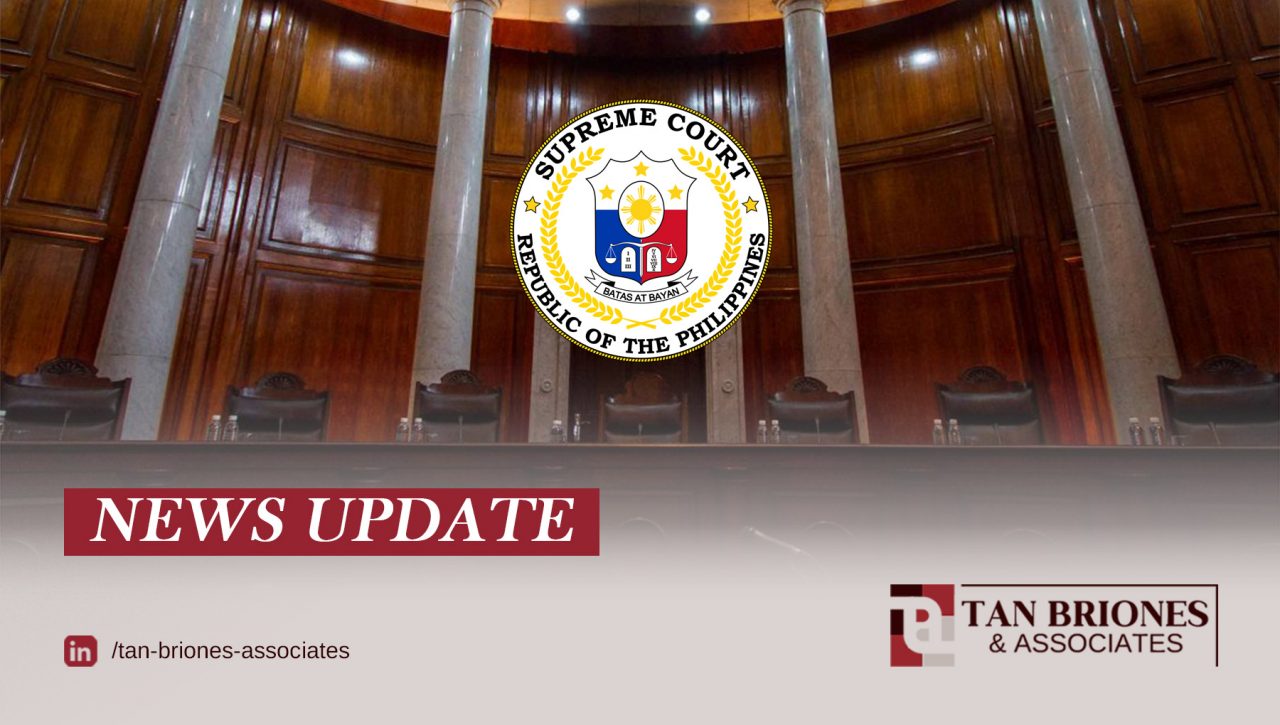
The Supreme Court (SC) is set to formally transition to a fully digital system for the filing and service of court documents with the implementation of new rules on October 30, 2025.
In a resolution dated September 30, the Court en banc adopted the “2025 Transitory Rules on Electronic Filing and Service in the Supreme Court.”
The measure requires the electronic filing and service of pleadings, motions, and other court documents in covered cases through the Philippine Judiciary Platform’s eCourt PH application.
Under the transitory rules, members of the Philippine Bar are required to electronically file, serve, and be served court documents, except in excluded cases such as criminal appeals, administrative complaints, and electoral tribunal matters.
Meanwhile, non-lawyers and certain other filers will continue to be allowed to file conventionally, subject to specific provisions.
According to the Court, the measure is part of its judicial innovation program to streamline court processes and promote efficiency, in line with the Strategic Plan for Judicial Innovations 2022–2027 that envisions a technology-driven judiciary.
Among the key features of the new rules is the exclusive use of PDF or PDF/A file formats, with each file not exceeding 100 MB. Filers are required to follow strict filename conventions and ensure that the digital file is an exact and complete copy of the original document on paper, including notarizations and certifications.
“All filings made in the electronic filing application using a registered account are conclusively presumed to have been made by the lawyer under whose name the account is registered, even if the lawyer has not signed their name in the pleading, motion, or other paper filed,” the resolution states.
“The filing and service of any document by a person using the account of another is strictly prohibited. Any lawyer who deliberately allows, or through negligence in the safekeeping or security of their account credentials makes it possible for another person to file or serve any document using their account shall be subject to disciplinary action,” it adds.
Electronic service between covered filers will be deemed complete upon submission of documents through the e-filing system, with server timestamps determining timeliness and notifications automatically transmitted to counsels of record.
The resolution provides for a transition period requiring covered filers to regularly monitor the electronic platform for case updates, with conventional filing and service remaining available only for excluded cases and non-covered filers.
The rules repeal or modify inconsistent provisions in earlier issuances, including A.M. No. 10-4-20-SC, A.M. No. 10-3-7-SC, and A.M. No. 11-9-4-SC. A.M. No. 25-5-16-SC, the Transition Guidelines, will remain in effect until October 29, 2025.
The resolution, signed on September 30 by Chief Justice Alexander G. Gesmundo and the members of the Court en banc, will take effect after its publication in the Official Gazette, in two newspapers of general circulation, and on the SC website.
Follow Tan Briones & Associates on LinkedIn for more legal updates and law-related articles.

